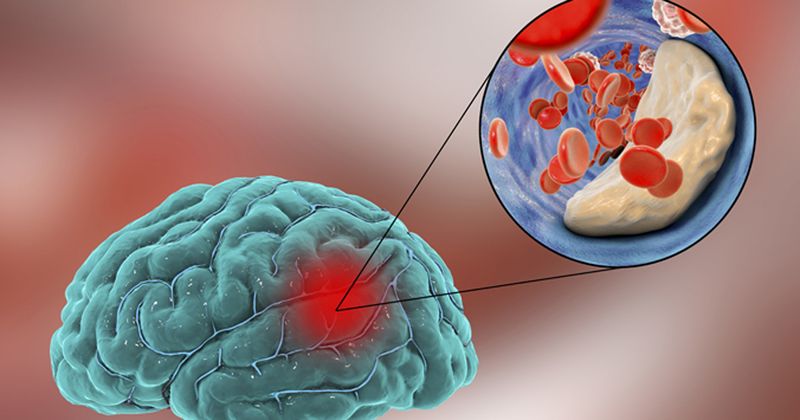Interventional stroke program not superior to standard care at 1 year
Key takeaways:
- After 1 year, no differences found in vascular events between interventional and standard care.
- The researchers noted that 1 year might be too short of a period of time, and longer-term effects should be considered.
No differences in incidence of vascular events were observed in adults with ischemic stroke who received interventional care compared with standard care 1 year after baseline assessment, data show.
“It is estimated that the 10 most important modifiable risk factors (of stroke) are associated with up to 90% of all stroke events and that up to 50% of recurrent strokes could be prevented by optimized treatment of cardiovascular risk factors,” Christopher J. Schwarzbach, MD, of the department of neurology at Ludwigshafen Municipal Hospital in Germany, and colleagues wrote in The Lancet Neurology.

Schwarzbach and colleagues sought to compare efficacy of a structured, ambulatory post-stroke care program with standard care on recurrent vascular and cardiovascular events in adults with no severe disabilities prior to index stroke, at least one modifiable cardiovascular risk factor and who had presented within 14 days of symptom onset of index stroke.
They conducted a prospective, open-label, cluster-randomized controlled trial (SANO) at multiple stroke centers throughout Germany. A total of 30 clusters — defined as a region in which acute stroke care is provided by a participating stroke center — were assigned 1:1 to either the interventional program or standard care groups. A total of 1,203 of 1,396 individuals in the intervention group and 1,283 of 1,395 from the control group were included in the modified intent-to-treat (mITT) population. After randomization, baseline assessment was followed by additional visits at 1, 3, 6, 9 and 12 months for those in the intervention group and a multidisciplinary network was established to perform the 1-year follow up. The primary endpoint of the study was a composite of recurrent stroke, myocardial infarction, and all-cause death within 12 months following baseline assessment.
Results showed that incidence of serious adverse events was higher in the intervention group (266 of 1,151) compared with controls (106 of 1,152), with falls (11.4% in the intervention group; 3.3% in the control group), hypertensive crisis (4.7% vs. 2.8%) and depression (4.3% vs. 1.1%) being the most frequent adverse events.
Data additionally showed the composite endpoint confirmed in 64 (5.3%) of 1,203 participants from the intervention group and 80 (6.2%) of 1,283 patients in the control group (unadjusted OR 0.8; 95% CI, 0.49–1.3]; adjusted OR 0.95; 95% CI, 0.54–1.67]).
“Since a 1-year follow-up period might be too short to demonstrate a positive effect on recurrent cardiovascular events, longer-term effects need to be considered,” Schwarzbach and colleagues wrote.
